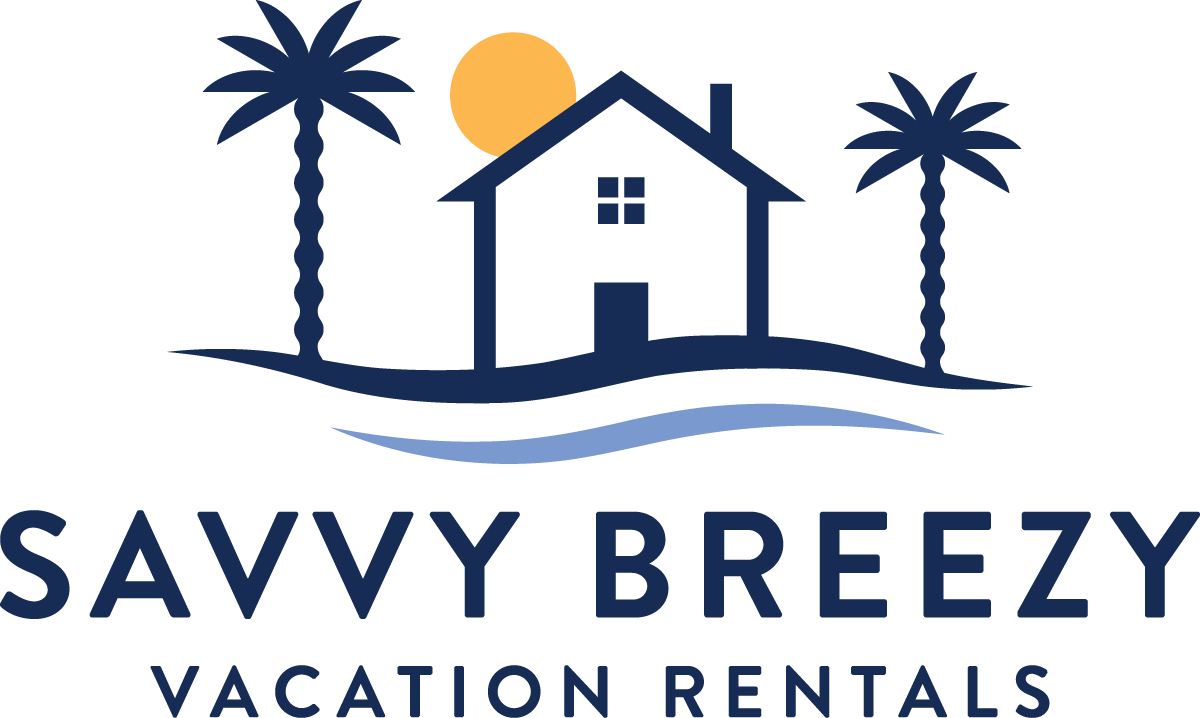🔥 From Rookie to Pro: 10 STR Mistakes Owners Wish They’d Avoided—from Buying to Operating

When I first started operating short-term rentals (STRs), I made some mistakes that cost me time, money, and sanity. Through trial, error, and a lot of conversations with other STR owners—I’ve seen the same missteps play out again and again.
This post is a mix of lessons I’ve learned firsthand and real-world mistakes I’ve watched other hosts struggle through.
Whether you’re just getting started or already operating, here are 10 common STR pitfalls—divided into buying and operating—and how to avoid them.
💰 Before You Buy: 5 Costly STR Buying Mistakes
These mistakes happen during the research, analysis, and purchase phases. Avoid them to set your STR up for success from day one.
1. Skipping Data Validation
Before falling in love with a property, fall in love with the numbers.
What are average listings earning in that area? What do top performers have in common—location, amenities, decor, experience?
Ask yourself:
- What will give your listing an edge?
- What will it cost to install AND maintain those features?
- What amenities drive consistent bookings?
- What's the gap between median and top 10% gross revenue?
📌 Bottom line: Don’t guess. Buy with data.
2. Overlooking Local Regulations
This one’s a deal-breaker. STR regulations can vary wildly by state, city, county, and HOA—and they’re always subject to change.
A hot market is worthless if you can’t legally operate there or if local rules restrict your nightly minimums, guest count, or license renewals.
🎯 Don’t just ask your agent. Verify everything through official government sources and the HOA.
3.Missing Local Research & Networking
Want the real scoop? Talk to local STR owners—join local Facebook groups and host meetups, or ask your realtor to make a referral.
They’ll tell you what teams they rely on, when the market slows down, and which neighborhoods are guest-friendly. This on-the-ground intel is priceless—and can’t be found in data sources like AirDNA or PriceLabs.
Ask about:
- Operating challenges
- Peak seasons and dead zones
- Local guest expectations
- Cleaners, handymen, HVAC techs
👂 Listen closely. What they don’t say may matter most.
4. Buying Sight Unseen (or Skipping the Home Inspection)
Photos only tell part of the story. It’s crucial to understand the vibe of the neighborhood—not just the property itself.
- Is it walkable, safe, and well-lit?
- Is this a vacation zone—or are you the only rental on a street full of families?
- Are the neighbors STR-friendly, and do they maintain their properties well?
And let’s be clear: even if you do visit, never skip the home inspection. Cosmetic upgrades can hide major issues—like old plumbing, failing HVAC, or foundation cracks—that can cost you tens of thousands down the road.
Don’t overlook the condition of the yard and trees on your property. Lawn care and tree removal can be major—and often unexpected—expenses.
If you can’t visit in person, send a trusted proxy who understands STR dynamics and real estate basics.
5. No Plan B (No Exit Strategy)
What if the city bans STRs next year? What if your next door neighbor gives you nonstop headaches? What if Airbnb delists you?
You need a fallback plan before you buy.
Could you:
- Repurpose the property another way?
- Sell with minimal loss?
- Switch to mid-term or long-term rental?
📦 Always buy with multiple outcomes in mind.
🔧 After You Buy: 5 Common STR Operating Mistakes
Once you own the property, the real work begins. These mistakes can tank your margins, burn you out—or both.
6. Short-Term Thinking & Unrealistic Expectations
New hosts often expect instant profits, 5-star reviews, and back-to-back bookings—especially if they’ve spent hours obsessing over flashy Airbnb stats or influencer case studies. But short-term rentals are rarely a get-rich-quick game.
Your first year is rarely your best. Between furnishing, licensing, repairs, tech stack subscriptions, and learning how to actually run the business, profit margins are often tight at the beginning.
It takes time to:
- Learn about the guests and seasonality of your market.
- Dial in pricing, marketing, and guest communication.
- Build reviews and earn placement in search algorithms.
Many rookie hosts quit—or panic sell—before they’ve even hit their first truly profitable year.
7. Panic Pivoting from Your Pro Forma
Your original projections were likely based on solid research. Don’t throw the plan out just because a couple of months are soft.
Don’t:
- Abandon your niche too soon
- Chase every trend or amenity competitors add
- Slash prices in a panic
💡 Stay focused. Optimize with intention—not fear.
8. Forgetting a Revenue Buffer
Things break. Guests do damage. New competition enters. Platforms change policies.
If your budget is too tight, one surprise can wipe out your profits—or worse.
Plan for:
- Guest refunds or damages
- Seasonal lulls
- Emergency repairs (HVAC, plumbing)
Your margins need wiggle room for the “when,” not “if.”
💸 Budget conservatively. Overestimate expenses. You’ll sleep better—and stay in the game longer.
9. Underestimating the Time Involved
STRs are not passive investments—especially during launch. If you self-manage, you’ll spend time responding to guests, interviewing and training your staff, coordinating vendors, and optimizing your systems.
⚙️ Set yourself up with:
- SOPs for maintenance, communication, and cleaning
- Smart automation tools
- Trusted local help
⏱️ Time is money—protect both.
10. Not Having Layers of Insurance in Place
Your standard homeowner’s policy likely won’t cut it for STRs.
Make sure you’re covered for:
- STR-specific home insurance
- Liability exposure
- Flood or weather-related damage (if applicable)
- Coverage gaps not protected by platform programs like Airbnb’s AirCover
🏚️ What if a flood wipes out bookings for six months? Can your insurance cover your mortgage and monthly operating costs?
Plan for the worst—before it happens.
🧠 Final Thoughts
Short-term rentals offer real income and lifestyle upside—but only if you approach them with eyes wide open. These lessons aren’t just for first-time investors. Even seasoned hosts can overlook some of these fundamentals while scaling quickly or learning as they go.
And that’s totally normal. We’re all human—and this business evolves fast.
Whether you're just getting started or tightening operations on your second or third property, avoiding these mistakes will help you build a stronger, more resilient STR business.
Smart STR operators don’t just think like hosts—they think like risk managers, marketers, and long-term investors.
🎯 Want expert help evaluating an STR market, analyzing a deal, or building a smart operating strategy?
👉 Book a Call 📞✨ :
